simulate this circuit – Schematic created using CircuitLab
In a BJT common base amplifier configuration the input impedance is ~\$r'\$ (emitter resistance), right?
If I understand correctly, there is no current flowing from emitter to base (as might be assumed by transistor models like hybrid \$\pi\$). This input impedance is a measure of how big of a current change corresponds to a change in input voltage (\$\frac{\Delta V_{\text{in}}}{\Delta I_{\text{out}}}\$). That means that if \$\Delta V_{\text{in}}<0\$, then \$V_{\text{BE}}\$ increases. That in turn corresponds to an increase in \$I_C\$ and also \$I_E\$, meaning that for \$\Delta V_{\text{in}}>0\$ also \$\Delta I_{\text{out}}>0\$ and other way around when \$\Delta V_{\text{in}}<0\$. Is this relation \$\frac{\Delta V_{\text{in}}}{\Delta I_{\text{out}}}\$ the one that sets input impedance \$r'\$ because it's the only one corresponding to this? Am I missing something?
I don't really get the concept, because current and also input voltage shouldn't go from emitter to base? Do I not understand something?